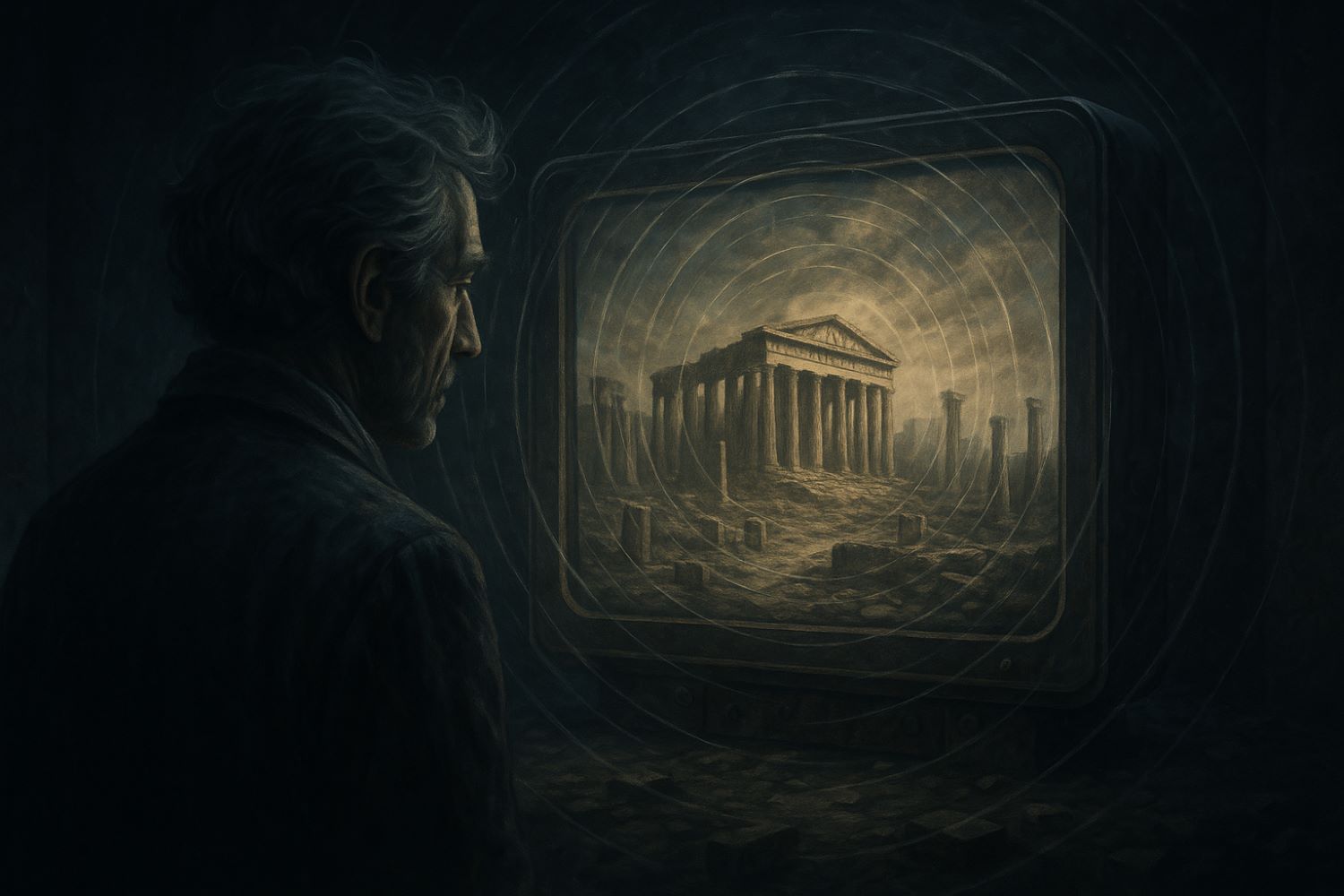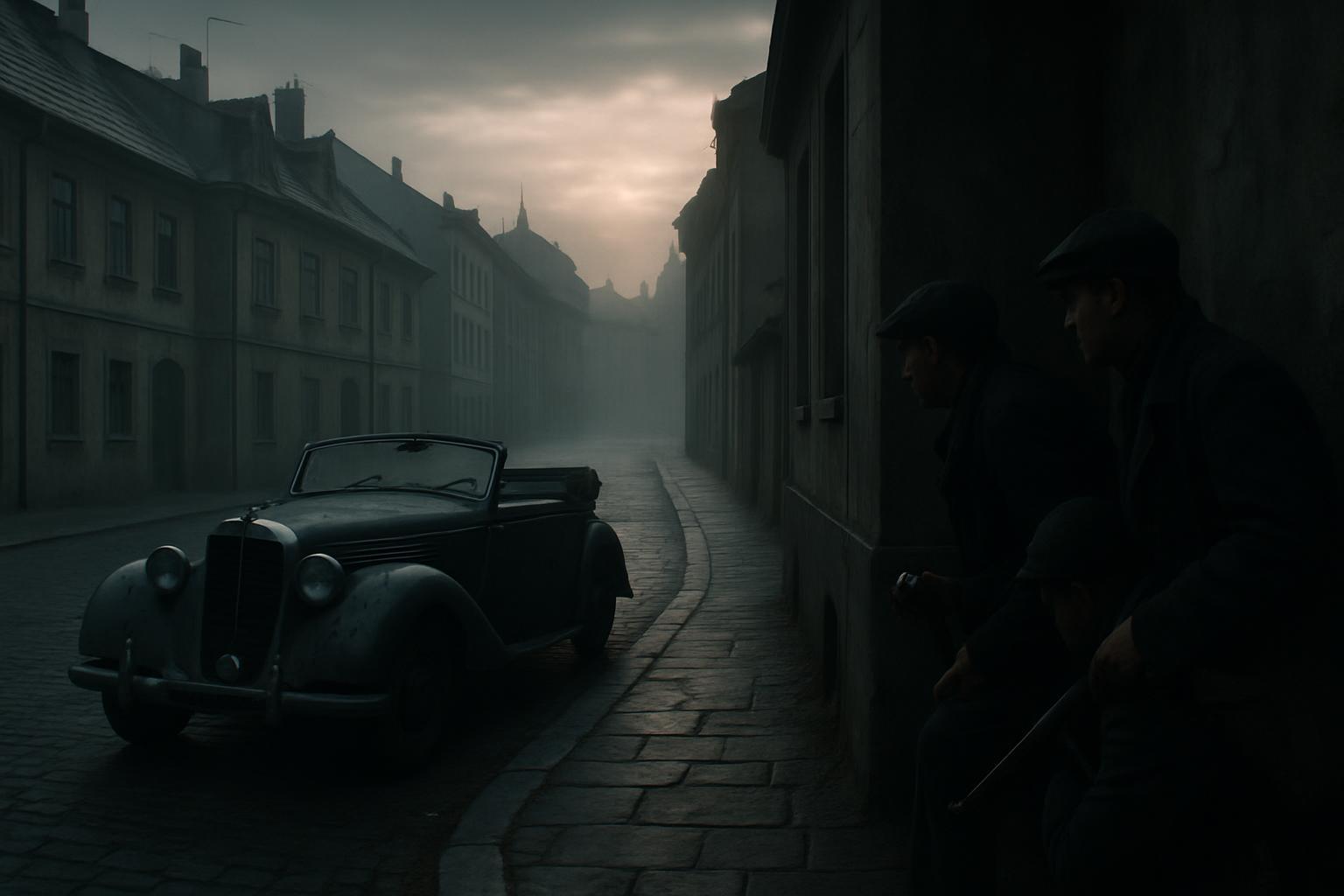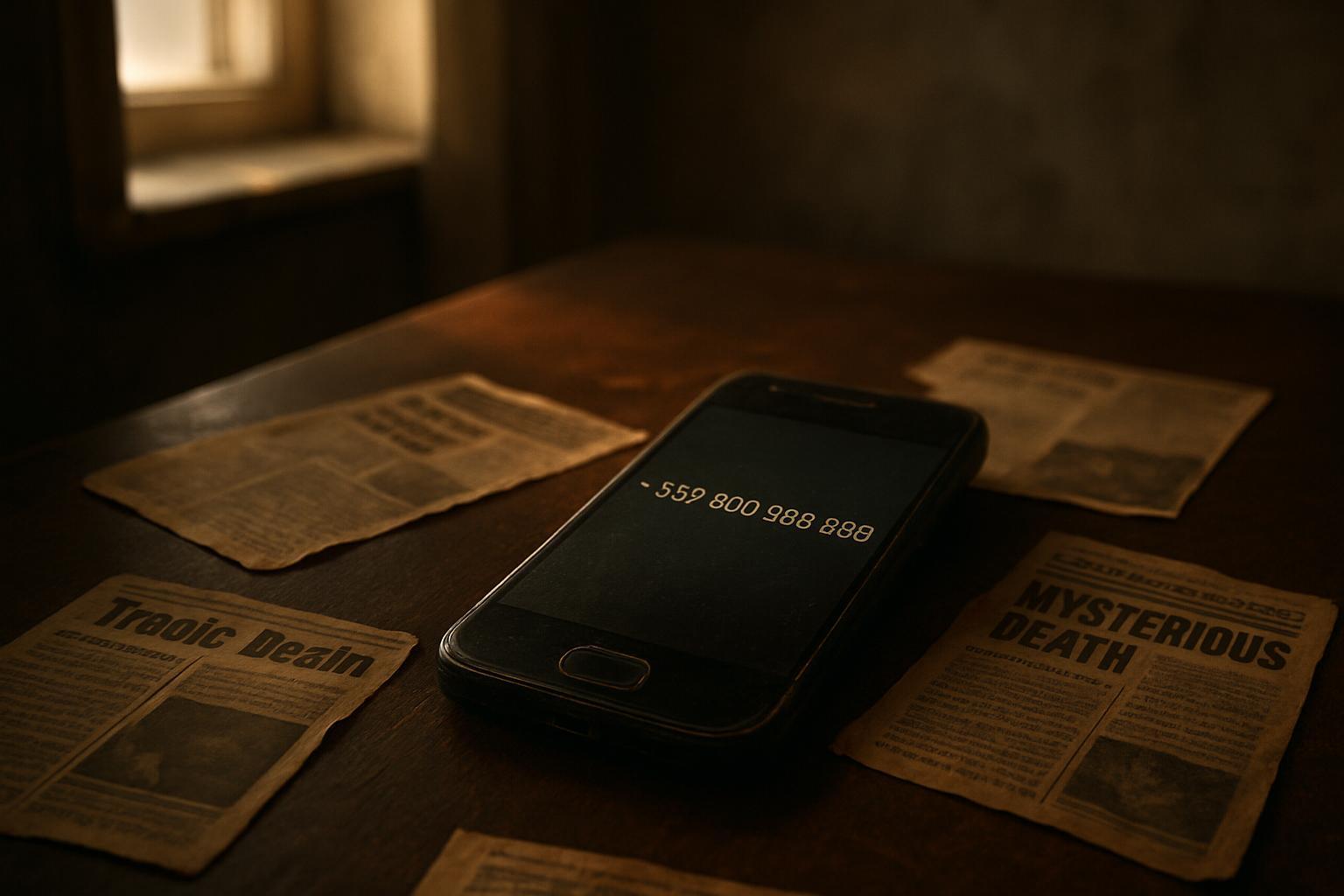Imagine a device that lets you witness the events of the past as if flipping through a photo album of history. This is the story of the Chronovisor, a legendary machine believed to reveal secrets of time. While its authenticity remains questioned, the allure of such a device captivates the imagination and invites us to explore the possibilities and implications of seeing beyond the present.
The Origins of the Chronovisor
The Chronovisor legend begins in the 1960s, rooted in the heart of the Vatican, according to claims by Father Pellegrino Ernetti. Ernetti, an Italian Benedictine monk and physicist, alleged that he was part of a team that invented a machine capable of viewing past events. This team is said to have included twelve respected scientists, one of whom was Nobel laureate Enrico Fermi. But how did they conceive such a machine?
The Science Behind the Claim
According to Ernetti, the Chronovisor worked by capturing residual electromagnetic radiation from past events. The idea stems from the theory that energy, once released, isn’t destroyed but lingers, similar to echoes reverberating through time. The machine supposedly converted these past energy waves back into visual and audio displays, akin to tuning into a specialized historical channel.
Yet, such claims lack scientific backing in our current understanding. While elements of physics consider energy preservation, the concept of retrieving and reconstructing past events remains speculative. This gap between theory and practical application leaves many skeptical.
Encounters with History
Ernetti claimed that the Chronovisor allowed him and his team to witness significant past events. Their alleged “viewings” included historical and biblical scenes, such as speeches by ancient philosophers and even the crucifixion of Jesus Christ. These recollections, if true, would offer unparalleled insights into history.
The Quest for Evidence
Despite the alluring tales, no empirical evidence supports the existence of these recordings. One famous piece of supposed evidence was a photograph said to capture Christ on the cross, allegedly taken during one of their sessions. However, this photograph was debunked, shown to be a reproduction of a known artwork. Such debunking further dims the credibility of Ernetti’s claims.
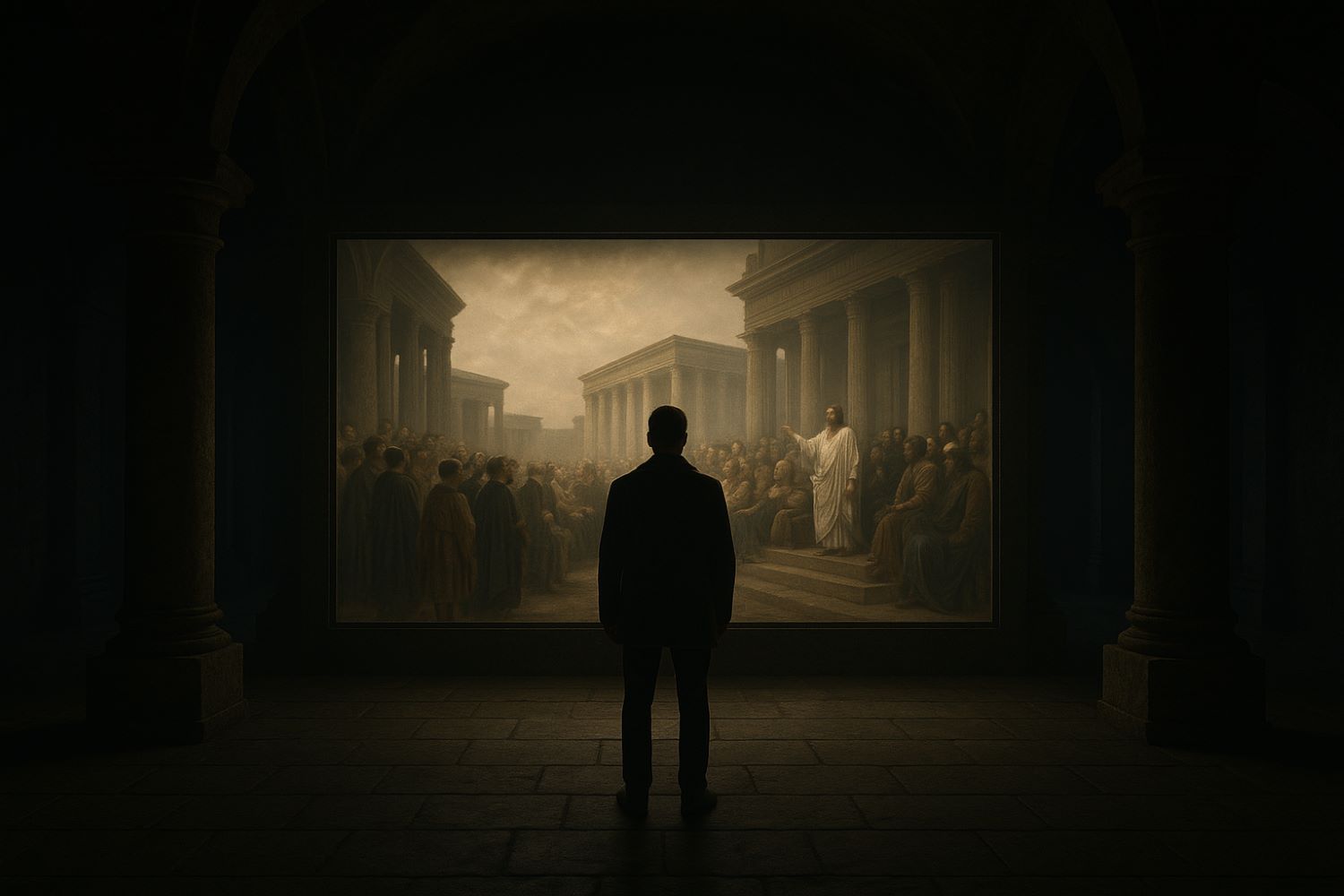
Implications on History and Culture
Had the Chronovisor been real, its implications would be vast. The ability to view historical events unfiltered by written records or biased retellings could revolutionize our understanding of history. It could confirm or refute historical accounts, providing an unaltered glimpse of the past.
This capability could also present significant ethical dilemmas. For instance, does viewing the unfiltered truth improve our current society, or does it challenge faiths and beliefs? The revelations from such a device could rewrite religious doctrines, philosophical teachings, and governmental records.
Cultural Impact of the Legend
While the Chronovisor itself remains shrouded in skepticism, its legend has influenced popular culture and speculative science fiction. Stories and films featuring time travel devices echo concepts born from this legend, demonstrating humankind’s enduring curiosity about time. The Chronovisor invites us to ponder: would seeing the past alter our present actions?
Scrutiny and Skepticism
The Chronovisor’s tale, though enticing, faces scrutiny from scientists, historians, and scholars alike. Many argue that the principles upon which it’s based don’t align with verified scientific laws. No credible physicist has demonstrated the practicality of retrieving past electromagnetic emissions in the manner Ernetti described.
Moreover, critics question the motivations behind Ernetti’s claims. As a monk, integrating faith and science might have been an appealing way to encourage dialogue between seemingly opposing realms. Yet, without tangible proof, the Chronovisor sits more comfortably within the realm of belief rather than fact.
The Silence of the Vatican
The Vatican’s stance, a silence that neither confirms nor denies, further fuels speculation. Some suggest that such silence is protective, avoiding theological upheaval or scientific scrutiny. Others interpret it as tacit acknowledgment of the story’s fictional nature. The lack of official commentary only stirs intrigue further.
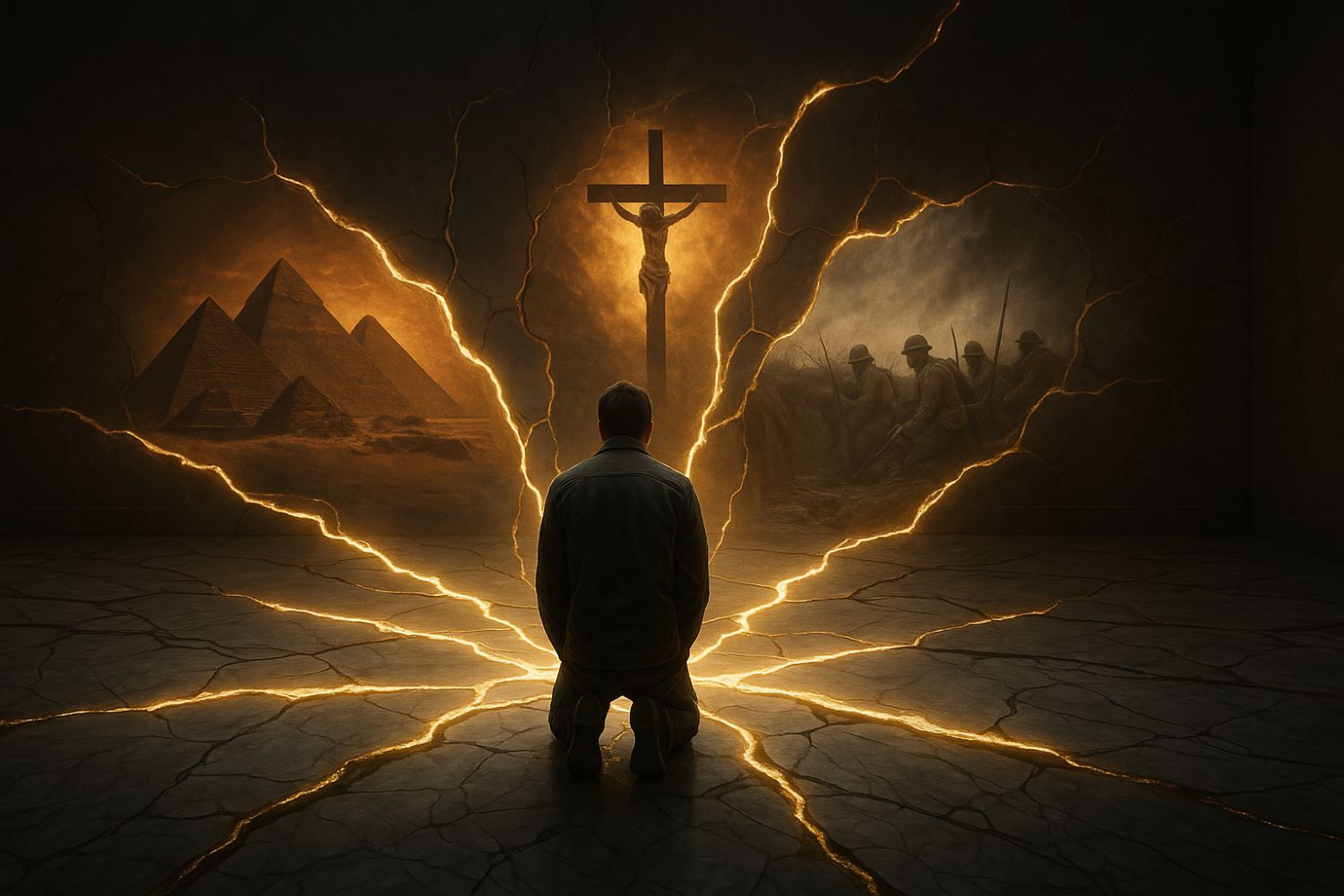
Modern Perspectives and Science Fiction
Today, the Chronovisor inspires new generations of thinkers and dreamers. In a world where technology rapidly evolves, the notion of seeing into the past isn’t, perhaps, as far-fetched for some as it once was. Quantum computing and advanced imaging technologies continuously push boundaries, spurring questions of what might one day be possible.
In science fiction, themes similar to the Chronovisor question the ethics and impact of time observation and travel. These narratives often reflect concerns of today—privacy, misuse of technology, and the human desire to know and control one’s destiny.
Philosophical Reflections
The idea of peering into past events raises philosophical questions about free will, determinism, and human nature. If the past is unchangeable yet viewable, what role does this play in shaping our choices? These contemplations add depth and intrigue to the Chronovisor’s legend, offering endless exploration opportunities.
Conclusion of Curiosity
Whether a fable or forgotten truth, the Chronovisor stirs a pot of human curiosity that challenges how we perceive time and history. It illuminates our thirst for knowledge, the desire to connect with what came before to understand who we are today. The legend continues, whispering in the curious corners of our collective imagination, urging us to ponder the echoes of time.

